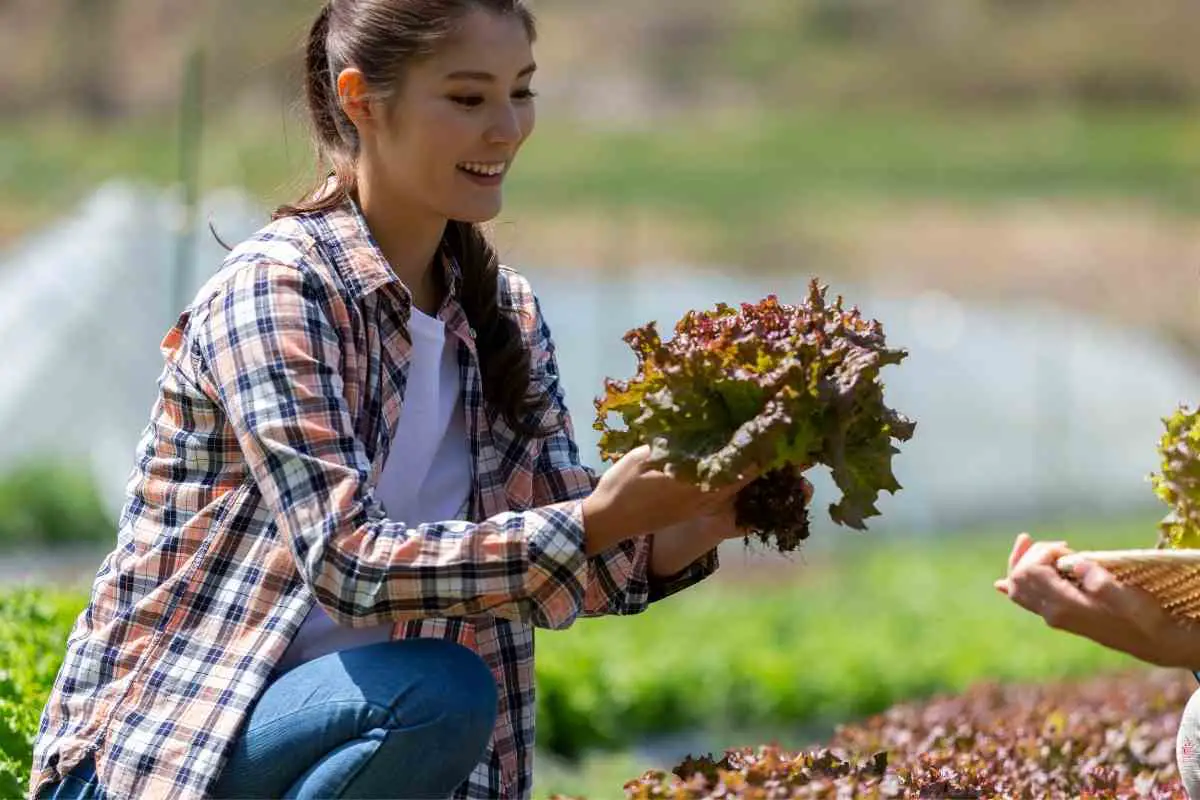Lone Star lettuce growing hasn’t got the greatest reputation, but yes, you really can successfully grow lettuce in Texas!
You won’t need a store-bought salad for your BBQ if you get the timing, variety, and growing technique of your lettuce just right!
If you want to have a go at growing lettuce in Texas, read our grower’s guide for lettuce in Texas, which includes all the essentials for keeping your fridge filled with home-grown lettuce.
The best lettuce varieties for Texas
When it comes to growing lettuce in Texas, not all lettuce is the same.
Let us share with you the lettuce varieties that will give you the best chance of keeping your household in salad all season long.
Butterhead
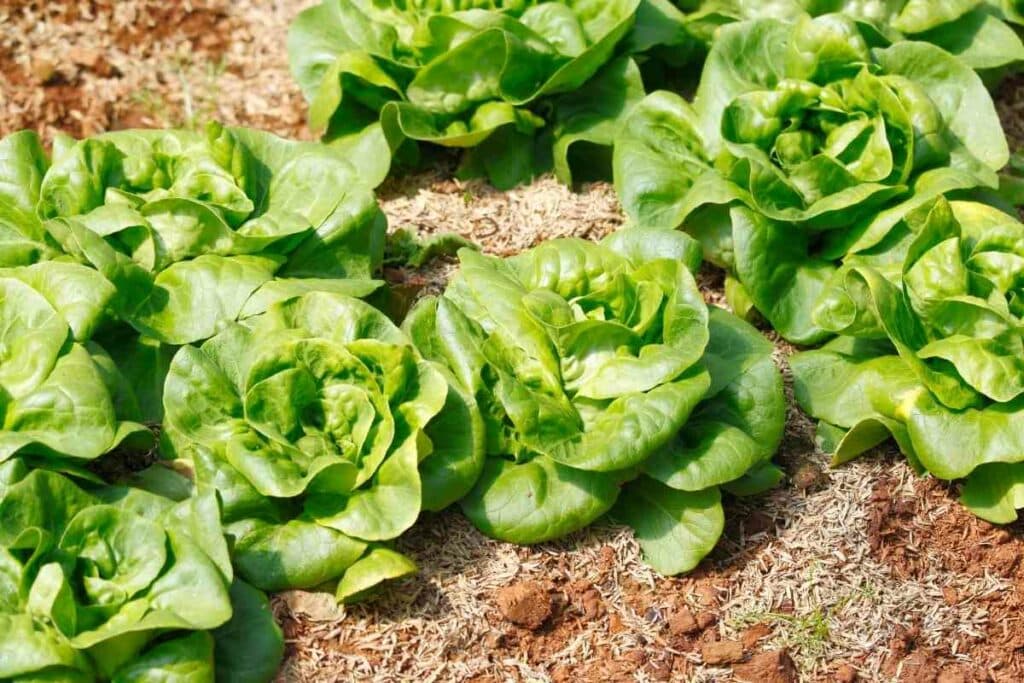
- Number of days to mature: 45
Butterhead lettuce is great lettuce for year-round growing.
It is surprisingly hardy with large petal-like leaves that look great in salads and have the sweet flavor you’ll cut and come again for.
Hardy varieties like Buttercrunch can even tolerate cold spells.
Great butterhead varieties include Ermosa, Esmeralda, and Summer Bibb.
Crisphead or Iceberg
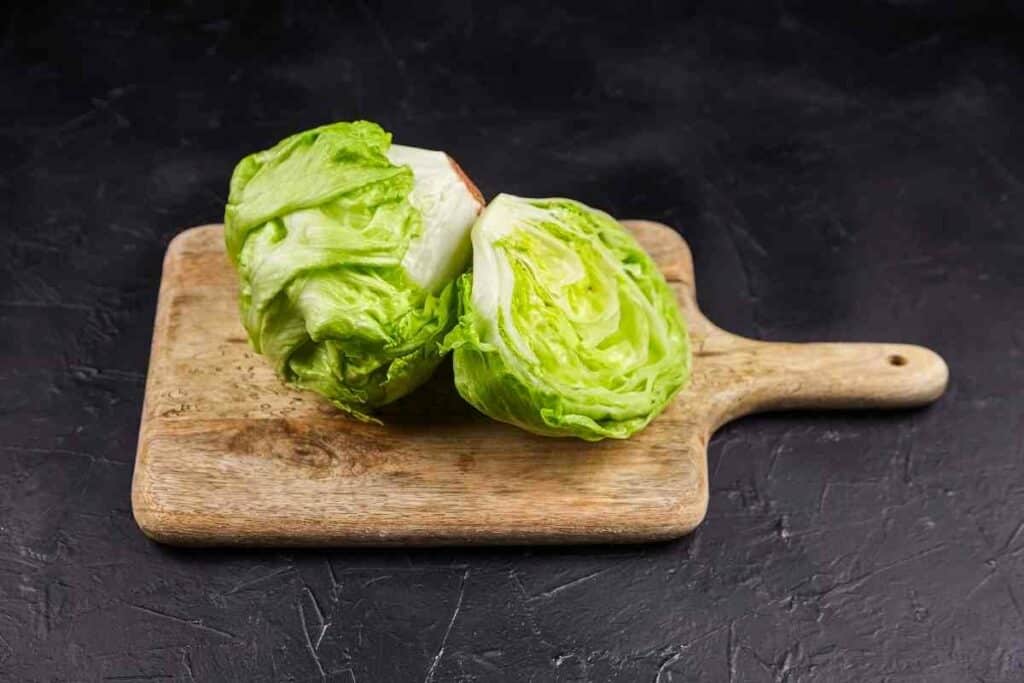
- Number of days to mature: 80
If you must have some extra crunch, you’ll want to try out growing classic crisphead or iceberg lettuces.
These are probably the hardest of the bunch to grow in Texas because they need a long cool season, but the Classic, Mission, and Prizehead varieties are recommended by the Texas Agrilife Extension Service.
Loose Leaf
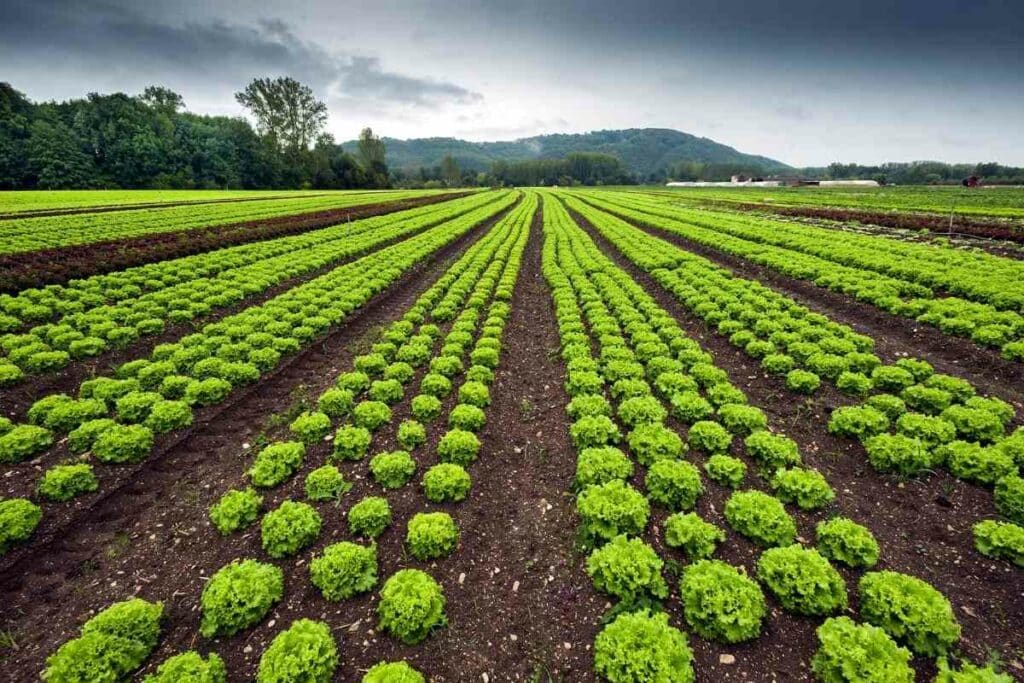
- Number of days to mature: 40
Loose-leaf lettuce is easy on the Texan and serves up great alongside your smoked brisket and slaw!
Thes simple lettuces are simple to grow and harvest because they do not have a compact head.
Choose from among these mild and sweet loose-leaf lettuce varieties for your Texas garden:
- Black Seeded Simpson
- Brunia Red,
- Crawford Re-Seeding
- Red Sails
- Ruby Red
- Salad Bowl
- Simpson
- Elite
- Vulcan Rediet
- Green Ice
- Tango
Romaine
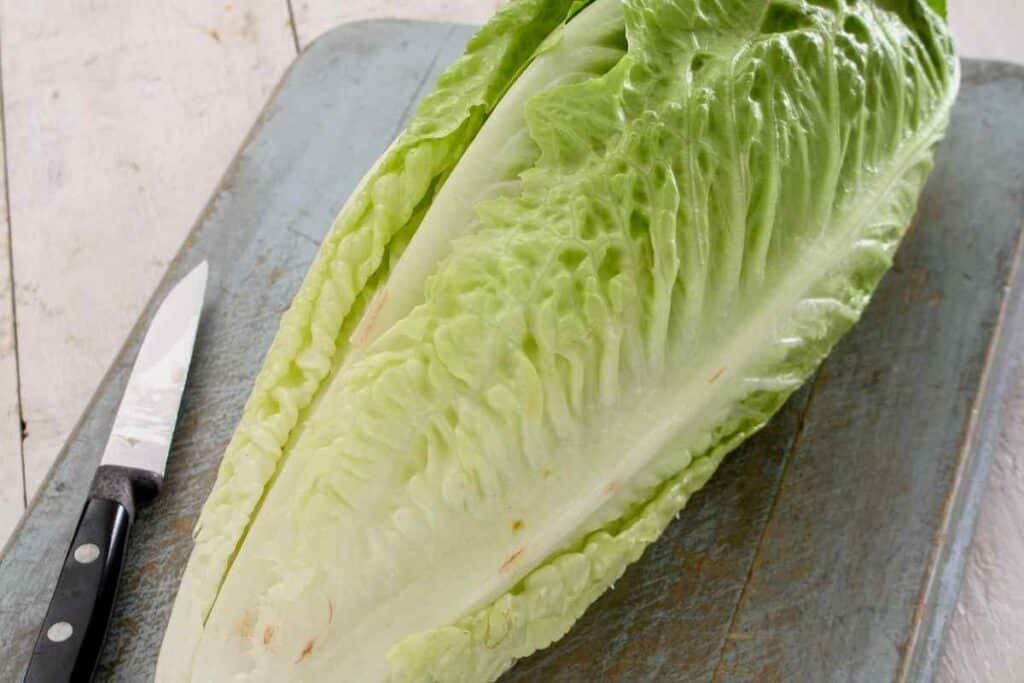
- Number of days to mature: 50
If you love a crisp Caesar salad with plenty of croutons and dressing, you’re gonna need one of these growing in your yard.
These classic lettuces are easily recognizable by their large sturdy leaves, firm ribs, and satisfying crunch.
You’ll have to hold your nerve when growing these in Texan heat. If you leave them in the ground too long, they quickly go to seed and become bitter.
Recommended romaine varieties for the Texan include Giant Caesar, Little Caesar, Plato II, and Valmaine.
How to grow lettuce in Texas
If the climate is on your side, growing lettuce in Texas will not be much different from growing it anywhere else.
For Texans – The cool season is the right time to get salad greens growing in your garden. It is one of the most popular cool-season vegetables.
Let’s look at the Lone Star take on growing lettuce.
Grow lettuce in the cool season
You’ll get the optimum growing conditions for lettuce in the cool season when mean temperatures lie between 55°F and 60°F (12°F and 15°F).
Cold but not frosty nights are essential for the proper development of a compact head of lettuce.
If temperatures rise, you will end up with retardation of the head and the development of a seed stalk (bolting), with a bitter taste to the lettuce.
When’s the best time to plant lettuce in Texas?
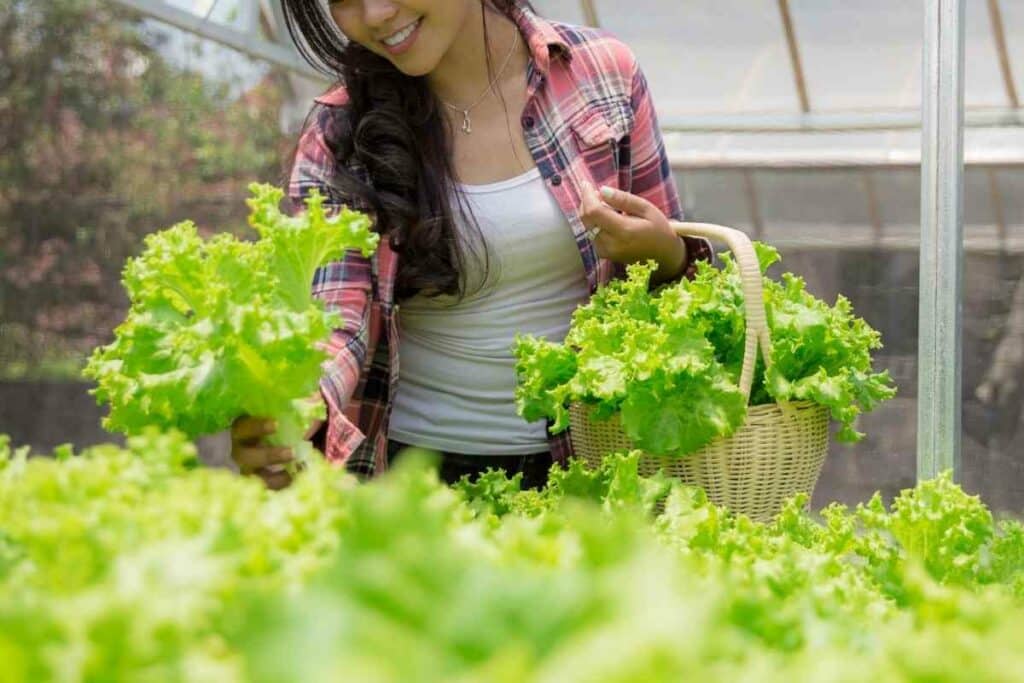
There are two growing times for lettuce that take advantage of the cooler months for pristine development and growth:
- Spring: you can sow your lettuce indoors very in early spring then get it in the ground after the last frost to have a run of cooler weather before the hotter sun kicks in. You need a soil temperature above 40°F (4.4°C) to plant out.
- Fall: an early October planting gives you just enough time to get your lettuce grown before the coldest weather sets in. Plant lettuce in soils with temperatures less than 75°F (23°C).
Get your soil in shape
Lettuce needs a decent depth of soil to establish its roots.
The soil should be sandy, loamy, and fast-draining with a neutral pH.
Lettuce does not tolerate acidic soils.
You can get away with planting in more sandy soils in the spring and more clay-rich soils if you plant in the fall.
Direct sow the lettuce
You can directly sow lettuce seeds in the ground.
Prep your soil well by digging in plenty of compost or well-rotted manure which will act as a humectant and keep your soil moist, preventing the lettuce from bolting.
Create a straight and shallow (1 centimeter) trench and sow the seed very thinly along with the drill.
Cover the seed but do not compact the soil. If you are sowing multiple rows, leave 30 centimeters between each row.
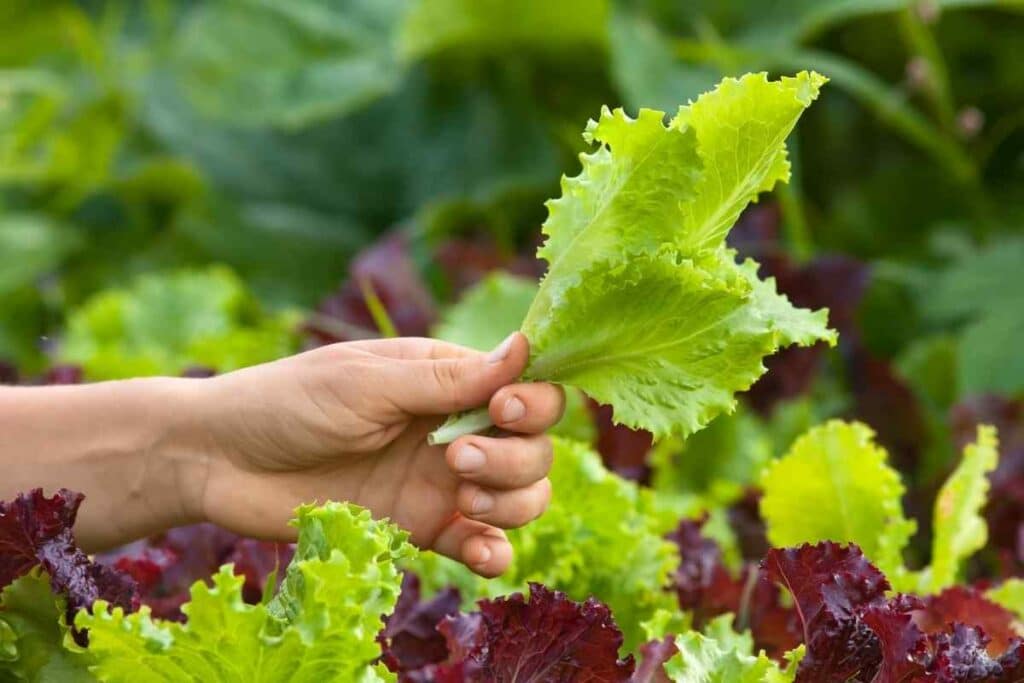
Sow lettuce in pots
Prepare a pot with good rich seed compost and drainage holes.
Moisten the compost and lightly scatter some lettuce seeds over the surface. Cover them with a very light layer of compost or vermiculite.
If you started your lettuce in pots, you can transplant the lettuce to your garden when the young plants are 2 – 3 inches (5 to 8 centimeters) tall.
Thin your lettuce seedlings
Once your lettuce seedlings are established, you will need to thin them out to a distance of 4 to 8 inches (10 to 20 centimeters) apart.
Make a salad of your thinnings and water the remaining plants.
Sequential sowing provides a supply of lettuce
If you want more than a single harvest of lettuce during your growing season, sowing and two-week intervals can create a steady supply to keep you and your neighbors supplied with home-grown salad!
Watering growing lettuce
Watering your lettuce at a suitable frequency is essential to stop the lettuce from going to seed.
Keep the soil moist and help the plants stay cool by mulching.

Water twice per week alongside a liquid feed.
Avoid excessive watering as the head of your lettuce matures as this can make it puffy or soft.
Feeding growing lettuce
You can use a dry fertilizer once the plants have established growth.
Following this, a quality NPK liquid feed can be diluted and added to your waterings.
Gently hand-weed and cultivate the plants to prevent nutrients from being lost to weeds during the sensitive growth phases.
Harvesting your lettuce
If you have made it to harvest without your lettuce bolting, you can breathe a sigh of relief.
You can usually start harvesting between days 45 and 85 after planting.
Hand-harvest your lettuce by cutting at the main stem below the level of the lowest leaves.
Alternatively – You can pick individual fresh leaves to furnish your salad bowl. The best time to pick leaves is early in the morning, while the leaves are at their most succulent.
Remember to get your harvested lettuce in the salad crisper asap to enjoy it at its best.
Also, WASH your lettuce before eating to ensure a critter-free salad bowl!
Lettuce pests and diseases to look out for in Texas
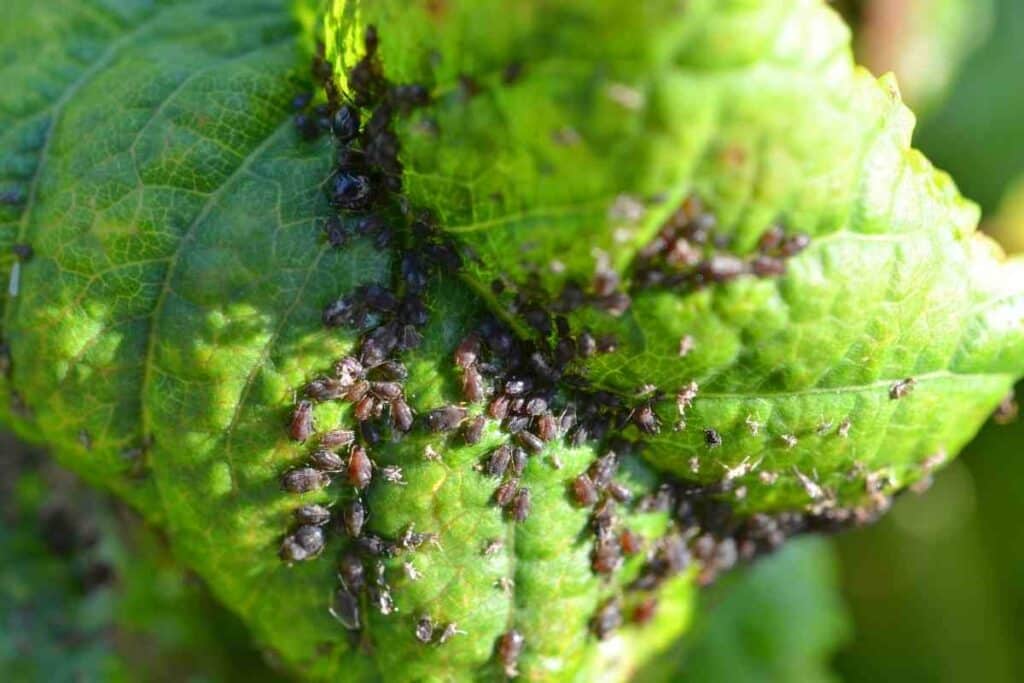
Growing lettuce in Texas would be easy if you didn’t have to look out for a variety of pests and diseases.
Here are some of the most common pests and diseases affecting lettuces in TX:
- Aphids, leafhoppers, and thrips: these sap-suckers are just as partial to your lettuces as you are. They suck the juices of your lettuce, robbing it of vitality and vigor. You can keep them at bay using garlic juice, Neem oil, or sending in natural predators like the ladybug!
- Armyworm and Cutworm: these pests often move in swarms and love nothing better than sinking their teeth into your fresh lettuce. Hand-pick or douse your growing plants in garlic juice to repel!
- Downy mildew and gray mold: these airborne spores can infect your lettuce and destroy its leaves. Essential oils like clove oil and rosemary diluted and sprayed on your plants can help to protect them. Remove affected leaves and plants as soon as possible if this occurs.
Rounding up
As you can see, growing lettuce in Texas is not impossible.
With the right timing, suitable varieties, and a lot of prep, you’ll have plenty of crisp and crunchy lettuce so soak in ranch dressing!
